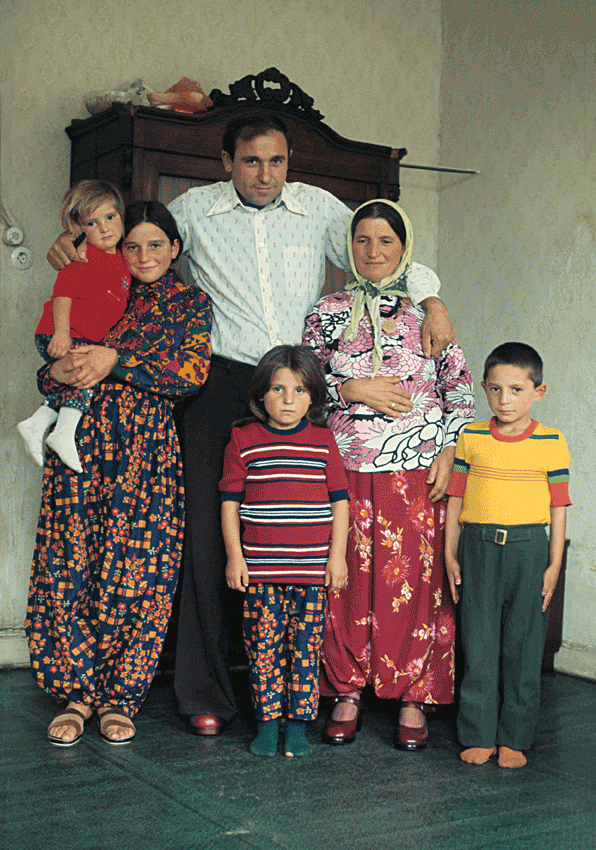Neuer Berliner Kunstverein, Berlin, 3 December – 29 January 2017
Compared to other successful acolytes – among them Thomas Ruff, Thomas Struth and Andreas Gursky – of German photographers Bernd and Hilla Becher, Candida Höfer has long remained unswerving in her commitment to her former tutors’ focus on striking architectural forms. Until recently, that is. Höfer’s technical virtuosity in colour photography, a contrast to the Bechers’ austere use of black-and-white, soon led her to a baroque inflation of their typological approach. A focus on public spaces during the 1980s led to an interest in ever-more-grand interiors and large-scale prints as her career progressed, which began to reflect the emptying out of conceptual rigour as it becomes style. These penthouse- and museum-ready works have retained formal consistency and technical precision, but have lost all connection to the socially engaged tenor of Höfer’s earliest work.
Nach Berlin both reminds us of this narrative and demonstrates, at long last, a shift away from the bloated images for which Höfer is best known. Her newest work, Memories 2016 and Berlin 2016, comprises Höfer’s first engagement with digital photography. In contrast to the opulent spaces we have become used to seeing in her work, the numerous shots showing architectural closeups with soiled pavements and cracked tiles couldn’t be more low-key. To further emphasise this shift in social coding, the images are presented as digital slide-projections as opposed to large-scale luxury prints.If not exactly Hito Steyerl’s ‘poor images’, the modest format, the pedestrian subject matter and above all the sheer number alludes to the massive growth of image production that digital technology has permitted.
Still, the slide projection is not altogether new to Höfer. Indeed, it marks a return to her earliest, much less widely known colour-work. The very last of her series to feature human subjects, 1979’s Türken in Deutschland 1979 (Turks in Germany 1979), shown here as a sequence of 80 projected images, is installed so as to resonate both in format and urban theme with her newest work. Photographing in several German cities, including Berlin, Cologne and Hamburg, Höfer deploys a social documentary approach to depict the domestic, work and free-time activities of Turkish ‘Gastarbeiter’ (or migrant worker) communities. The slides are arranged in loose categories, not the strict typologies that would define her subsequent work. Although there are hints of her later approach in this series, it’s the differences, the unlikely use of street photography and the directness of her social address that is most compelling. Families posing formally in their houses shifts to more familiarly ‘Höferesque’ views of empty interiors. With unexpected wry humour, this whole segment seems to be connected by the awkward misalignments in the boldly patterned wallpaper repeated from one interior to the next. The social precariousness of the migrant worker is made material as Höfer’s classical compositions threaten to unravel at these broken seams.
One cannot help but read this more-than-30-year-old project through the lens of the present, and we are clearly meant to do so. The total lack of religious identifiers and dual- language signage in stores attests to an earlier commitment to assimilation in Germany, one that has now significantly waned. But we see no hint of the complex and contested reasons for this in the recent digital street views of contemporary Berlin’s beautifully stained pavements.
From the March 2017 issue of ArtReview
